Joseph Sheetz (1855-1936) was born in the community of Calvary, west of Woodstock, Virginia. His boyhood home was located across from the Sheetz Mill. A farmer, Joseph and his wife, Catherine Lee Hutchenson Sheetz, had five children. He was widely known for raising horses and other livestock, so it is not surprising that he turned to Hugh Morrison Jr. to record this image. Morrison was often called upon to take such photographs of people with their pets or livestock.
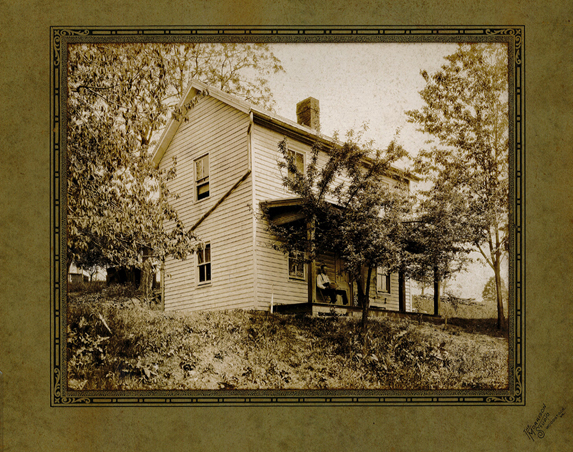 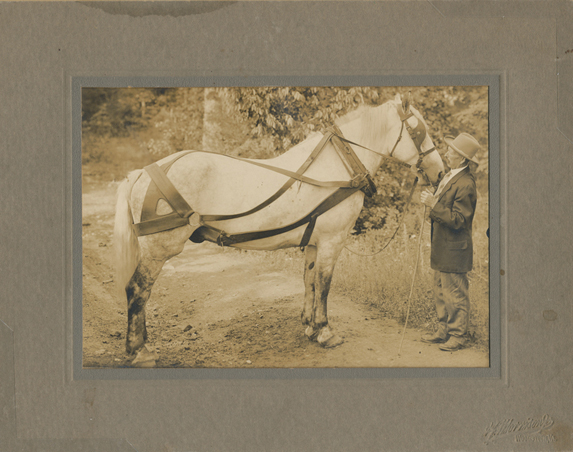 During his long career Hugh Morrison Jr. photographed many Shenandoah County residents at various stages of their lives. Hazel Foltz Seal (1912-1992) was one such sitter. Morrison first photographed her as a baby in about 1913. Around 1916 he took a picture of her as a toddler, and around 1919 he posed her with her brother, J. William Foltz (about 1919-2003). The next time Morrison photographed Hazel, she was a teenager in the late 1920s. In 1943, three decades after her baby portrait, Hazel sat again for Morrison. This time she was a bride, and her husband, Charles Edward Seal (1898-1956), was at her side.
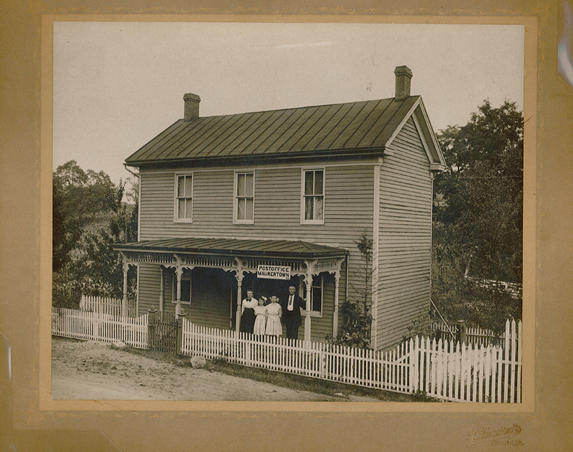 Hugh Morrison Jr. was often called upon to take photographs of buildings and the people associated with them. Here we see the house that once served as the post office in Maurertown, Virginia. Postmaster Barney Sine is standing on the porch, along with his wife, Lucy, and daughters Jessie and Bernice. It is possible that Morrison took close-up portraits of the family or members of the family during the same trip which produced this image.
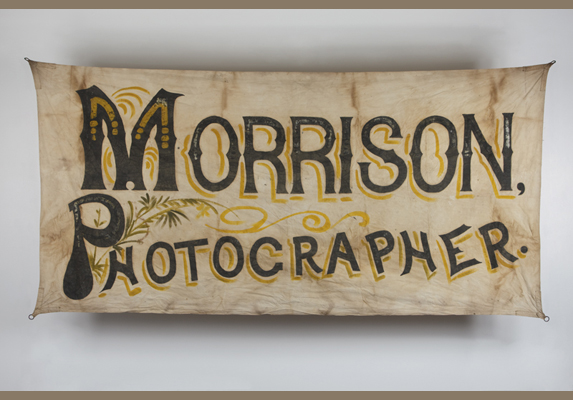 Hugh Morrison Jr. first worked as a traveling or itinerant, photographer. He journeyed around the Shenandoah Valley in a wagon and took photographs of people in their homes or businesses. This banner on the side of his wagon advertised his services. It is likely that Morrison created its lettering and designs himself.
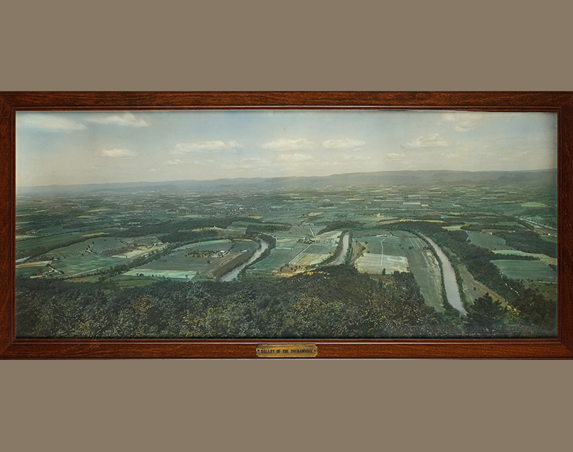 This print features the famous Seven Bends of the Shenandoah River. In 1932 Morrison entered this photograph in the art exhibition of the Shenandoah County Fair and won first place. He also featured it on a holiday card. To capture this view, the photographer pound the perfect location to place his camera, just below the Woodstock Tower on Massanutten Mountain. He then directed his son Louis to cut down a few trees that were in the way. The effort required several days of the teenager's time.
 The children of Asa (1872-1927) and Mary Elizabeth "Lizzie" Dirting Sheetz (1870-1952) appear in several images in this exhibition. Here, the family is in its orchard in Calvary, just west of Woodstock, Virginia. Asa and his seven sons were the fifth and sixth generations to derive a livelihood from the land. The first generation to do so in the Shenandoah Valley, Mathias and Barbara Sheetz, received a 1,000-acre land grant from Thomas Lord Fairfax in the 1750s.
 In Hugh Morrison Jr.'s day one in ten people died in infancy. Occasionally in this sad circumstance, a family asked Morrison to take an image of the deceased child. Provided for the deceased of all ages, such post-mortem photography has its origins in Victorian America. Some photographers provide the service still today. It must have been especially difficult for Hugh Morrison Jr., father of ten children, when it involved infants or young children. This photograph may be the only surviving testament to this infant's life.
Morrison's work beyond his studio walls enhances our understanding of the region's people and landscapes. In his studio images, he presented his sitters in a formal, artful context. But when he pictured people in their own environments, the photographer was able to convey more about how they lived, worked, and played. Morrison's outdoor work constitutes a vivid cultural record of Shenandoah County during his time. Photo Gallery These images below are scans of glass-plate negatives taken by Morrison. Some of these images show areas of damage that have occurred over time. Others include distracting elements that Morrison likely would have cropped in a finished photograph, such as glimpses of equipment or props. Many images show numbers that have been added by the Shenandoah County Historical Society for archival records. Today the names of many of the people in the images taken by Hugh Morrison Jr. are unknown. Each image in this gallery speaks of his skill, and together they provide a window into half a century of Shenandoah County history and culture. Click on the thumbnails below to enlarge the images. To exit the gallery, click on the image. |
The School Photographer | For The Record | Focusing on History | Beyond the Studio Door |












